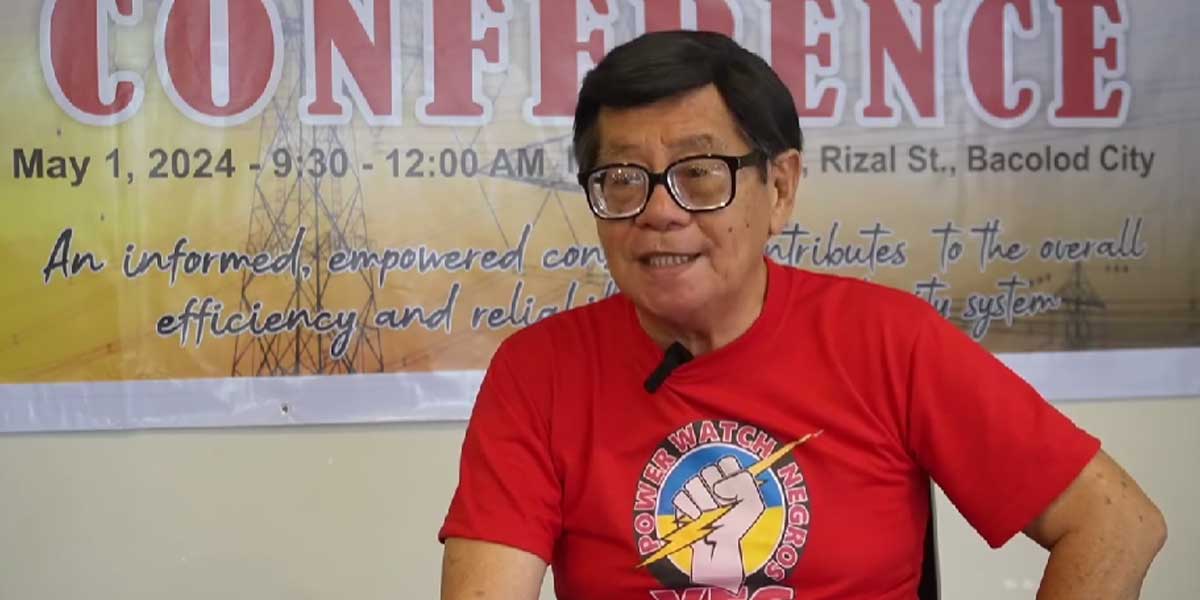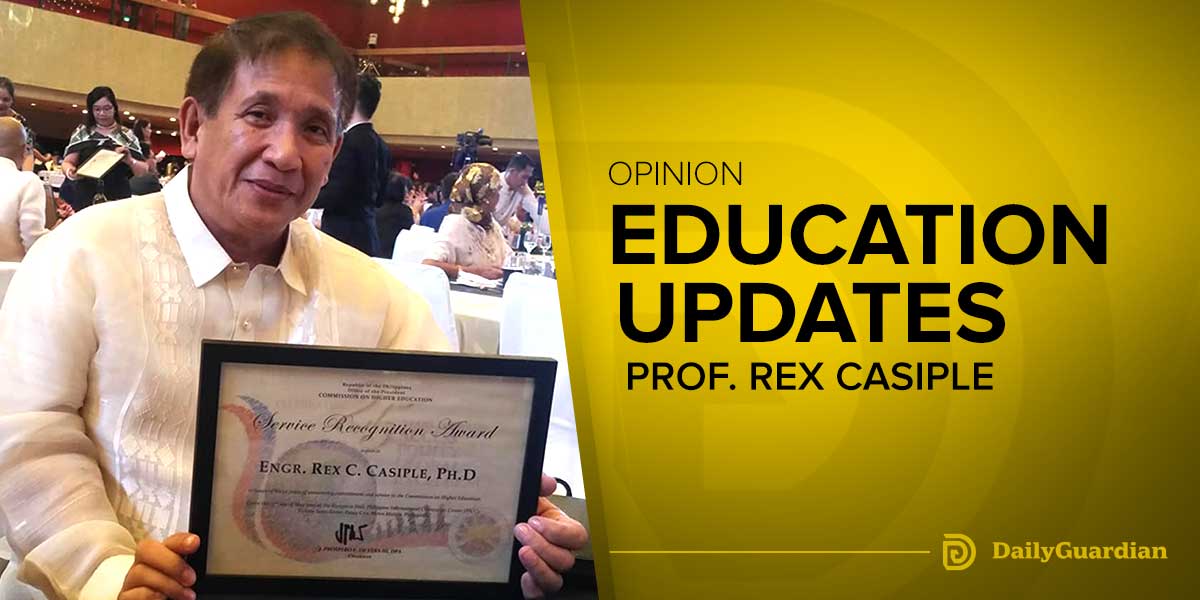By Joshua Corcuera
Last Friday, April 14, the Supreme Court released the results of the 2022 Philippine Bar Examinations with a relatively high passing rate as it stood at 43.47%. In recent years, passing rates of the Bar have increased despite its difficulty, peaking at 72.28% during the 2020-2021 Bar. The same cannot be said on another notoriously taxing board exam—the Certified Public Accountant Licensure Exam or the CPALE.
With the CPALE fast approaching this coming May, students, teachers, and the accounting profession in general, are hoping that the passing rate for the board exam will see a significant rise.
To recall, the CPALE passing rate in previous years are as follows: October 2018 – 25.18 percent; May 2019 – 16.46 percent; October 2019 – 14.32 percent; October 2021 – 15.28 percent; December 2021 – 21.87 percent; May 2022 – 22.29 percent; October 2022 – 25.84 percent.
As you may have noticed, the most recent CPALE had the highest passing rate equivalent to 1 out of 4 takers surviving the test. Be that as it may, however, this is still remarkably low. To visualize, imagine an examination hall with exactly 100 test takers. In that hall, 74 would need to try again this coming May if they want to achieve their lofty dream of becoming a CPA.
Though failing an exam is devastating and heartbreaking, especially one as crucial as a licensure exam, you could possibly find comfort, at the very least, knowing that ‘marami kang karamay’.
As a graduating accountancy student with plans of taking the board this coming October, I’ve occupied much of my time reading thick books and answering test banks on wide-ranging subjects, from financial accounting to business law, from taxation to auditing, and so on.
And I am certainly not the only one.
And for me, this is the most devastating realization from the exam’s low passing rate. That despite nearly all exam takers studying for several hours per day for several months—or even more than a year—in preparation for the boards, only a few would be rewarded for their diligence, perseverance, and sacrifices.
Moreover, it is important to note that most universities and colleges impose a very strict retention program among their accountancy students. For instance, some schools require an exit exam wherein those who fail would not be allowed to graduate. Most schools, on the other hand, mandate students to pass a qualifying exam midway through the program. Otherwise, they’ll have to shift to a different course. And not to forget, many schools require students to maintain a certain if they desire to remain an accountancy student.
Without doubt, graduates of the study of accountancy went through a lot of struggles for years. Still, for some reason, the CPALE is a major hindrance to their ultimate dream of holding a license.
Unsurprisingly, and rightly so in my opinion, several educators in the profession are calling for reforms in accounting education to improve the passing rate in the exam. But there are arguments that the low passing rate is testament to maintaining the competence of accounting professionals.
It is quite perplexing to think, though, that—in comparison with accounting professionals abroad—the average passing rates in the American Institute of CPAs examination range from 45 percent to 60 percent.
As an accountancy student about to finish the program in a month and a half, I believe that the scope of the Philippine CPALE is too broad resulting in its increased difficulty.
For instance, effective last October, the subject Regulatory Framework for Business Transactions (RFBT) now includes questions from Labor Law (2%), the Philippine Competition Act (2%), the Government Procurement Law (2%), the Social Security Law (2%), Insurance (3%), and so forth. Despite numerous pages of readings dedicated to these topics, they constitute merely 11% of RFBT which is just one of the six subjects on the boards.
Moving on, some people argue that the low passing rates in the CPALE is contributed by a ‘substandard’ quality of education in some schools. The problem with this argument is that even the most prestigious universities in the country saw a significant drop in their respective passing rates in recent years.
As an example, De La Salle University—a Big Four school renowned to be highly specialized in business and finance—recorded a passing rate of just slightly over half last October at 52.08 percent. While the Polytechnic University of the Philippines – Main Campus tallied merely 15.13 percent, despite its usually high passing rates in the past.
From here, the argument that low passing rates are caused by poor quality of education in some schools can be shattered considering the fact that DLSU and PUP are among the most prominent higher educational institutions in the Philippines, especially in accounting education.
Though still hoping for the passing rate to continue rising in the coming years through reforms in the CPALE, I believe that it is essential for universities to dedicate more time on accounting-specific subjects rather than general education subjects, especially those already taken in Senior High School. Furthermore, the wider scope of the board exam implies that more units must really be dedicated to board exam subjects as early in the undergraduate program.
As one of my integrated reviewers said in a lecture, the preparation for the boards starts not in the review center, but as early as in college.






















